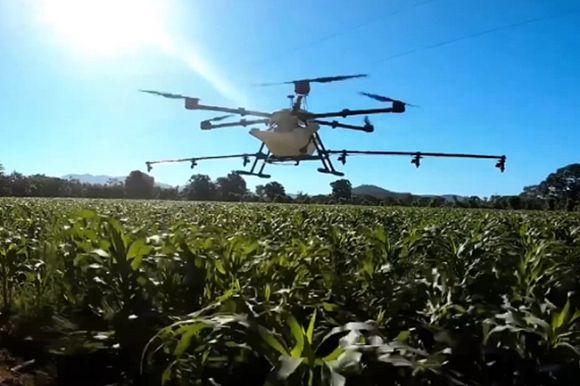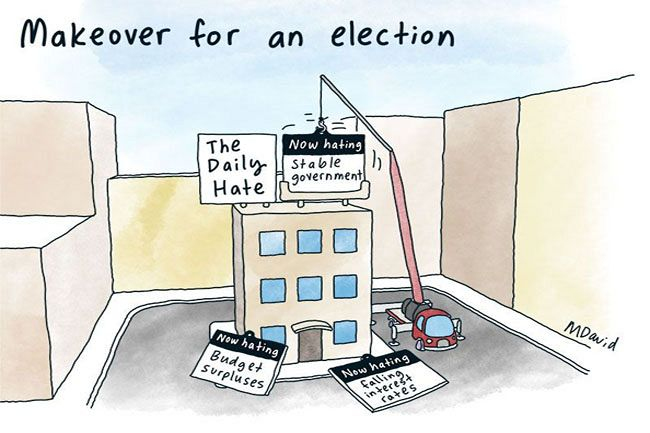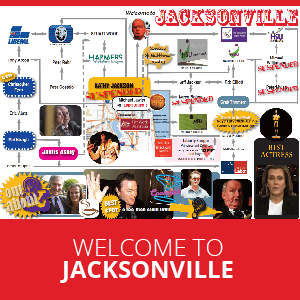Once rich with magnesium and life, Australia’s soils are running on empty — and so are we, writes Nick Potter.
From living soil to chemical convenience
Once upon a time, a carrot was more than orange water and crunch. It was a living mineral capsule, carrying magnesium, calcium, zinc and other trace elements drawn from deep, microbe-rich soils. Those vegetables nourished a generation raised on living dirt.
But the rise of industrial farming changed the recipe of life itself. The mid-20th Century brought synthetic fertilisers, ploughing machinery and monoculture planting — efficient, yes, but biologically destructive. Fertilisers feed the plant, not the soil. Within a few decades, yields soared while the earth’s microbiome – the fungal and bacterial life that makes minerals bioavailable – collapsed.
Fertilisers feed the plant but starve the earth and what the earth lacks, we eventually lack.
Today, much of Australia’s farmland is a chemically maintained illusion of fertility: crops grow, but the ground beneath them is tired, compacted and stripped of its mineral wealth.
The decline in nutrition
Multiple international studies, including those referenced by the United States Department of Agriculture (USDA) and British food composition tables, show dramatic nutrient losses in modern produce.
Magnesium, the mineral responsible for energy production and muscle relaxation, has fallen by up to 50 per cent in common vegetables since the 1940s. Iron, calcium and zinc show similar declines.
Why magnesium matters:
- it’s required in over 300 enzyme reactions in the human body;
- deficiency contributes to insomnia, anxiety, muscle cramps and fatigue; and
- it moderates blood pressure, supports heart rhythm and stabilises mood.
Yet Australians today eat “healthy” vegetables that contain half the nutrition of their grandparents’ diet — an invisible downgrade sold as progress.
The human cost of depleted earth
If the soil is starved, the nation grows weary. National surveys indicate that up to a third of Australians consume less magnesium than recommended. The symptoms read like a modern epidemic: restless sleep, racing thoughts, low energy, caffeine dependence, stress intolerance.
We treat these as individual failings – too little exercise, too much screen time – rather than what they are: the biological echo of industrial agriculture. The soil no longer delivers what our bodies evolved to expect.
We medicate the symptoms – coffee for fatigue, pills for anxiety – while the root cause lies beneath our feet.
The economic logic of exhaustion
So why keep doing it? Because industrial farming still “works” — on paper. It rewards yield, uniformity and shelf life, not nutrient density. A lettuce that survives two weeks in cold storage is more profitable than one rich in magnesium that wilts in days.
Agribusiness counts tonnes per hectare, not milligrams of mineral per mouthful. The invisible cost – declining public health, rising supplement dependence, chronic fatigue – doesn’t appear on balance sheets. Soil exhaustion is written off as progress.
Seeds of renewal
Hope, however, is regrowing. Across Victoria, small regenerative farmers are rebuilding their topsoil with compost, cover crops and rotational grazing.
Community gardens thrive in suburbs once paved and forgotten. Home gardeners compost, seed-save and swap worm castings like currency.
Each act restores a micro-economy of life. A single teaspoon of healthy compost can hold a billion living organisms — tiny engineers weaving magnesium and calcium back into the food web.
Every worm cast is a micro-factory of minerals ready for roots to absorb.
The answer is humbler than high-tech “biofortification”. It’s patience, biodiversity and an acceptance that soil is not a machine but a community.
What consumers can do
You don’t have to own a farm to be part of the fix:
- Buy from regenerative growers at local markets. Ask how they treat their soil.
- Compost food scraps. Every peel or coffee ground returned to earth repairs a small piece of the cycle.
- Grow something. Even a balcony herb pot reconnects you with the living chemistry of soil.
- Support food literacy. Teach children that true nourishment begins underground.
When consumers reward soil care instead of packaging, agriculture follows.
Rethinking progress
For 70 years, we’ve measured agricultural success in yield. Perhaps it’s time to measure in nutrient density and soil health.
Re-mineralising farmland will not only rebuild physical wellbeing but also democratic independence: a population fed by living earth is harder to control through processed dependency.
Australia’s next agricultural revolution won’t come from a laboratory; it will come from the compost heap, the cover crop, the backyard worm farm.
Our grandparents may not have spoken of “regenerative agriculture”, but they lived it — and the glow of their produce is proof.
Conclusion
The hidden deficiency of our time isn’t a micronutrient problem to be solved by supplements; it’s a cultural amnesia about where health begins.
The cure isn’t in a pill. It’s in the soil.
Heal the earth and it heals you.
Nick Potter is a research and development technician and writer based in Melbourne.
 This work is licensed under a Creative Commons Attribution-NonCommercial-NoDerivs 3.0 Australia License
This work is licensed under a Creative Commons Attribution-NonCommercial-NoDerivs 3.0 Australia License
Support independent journalism Subscribe to IA.















